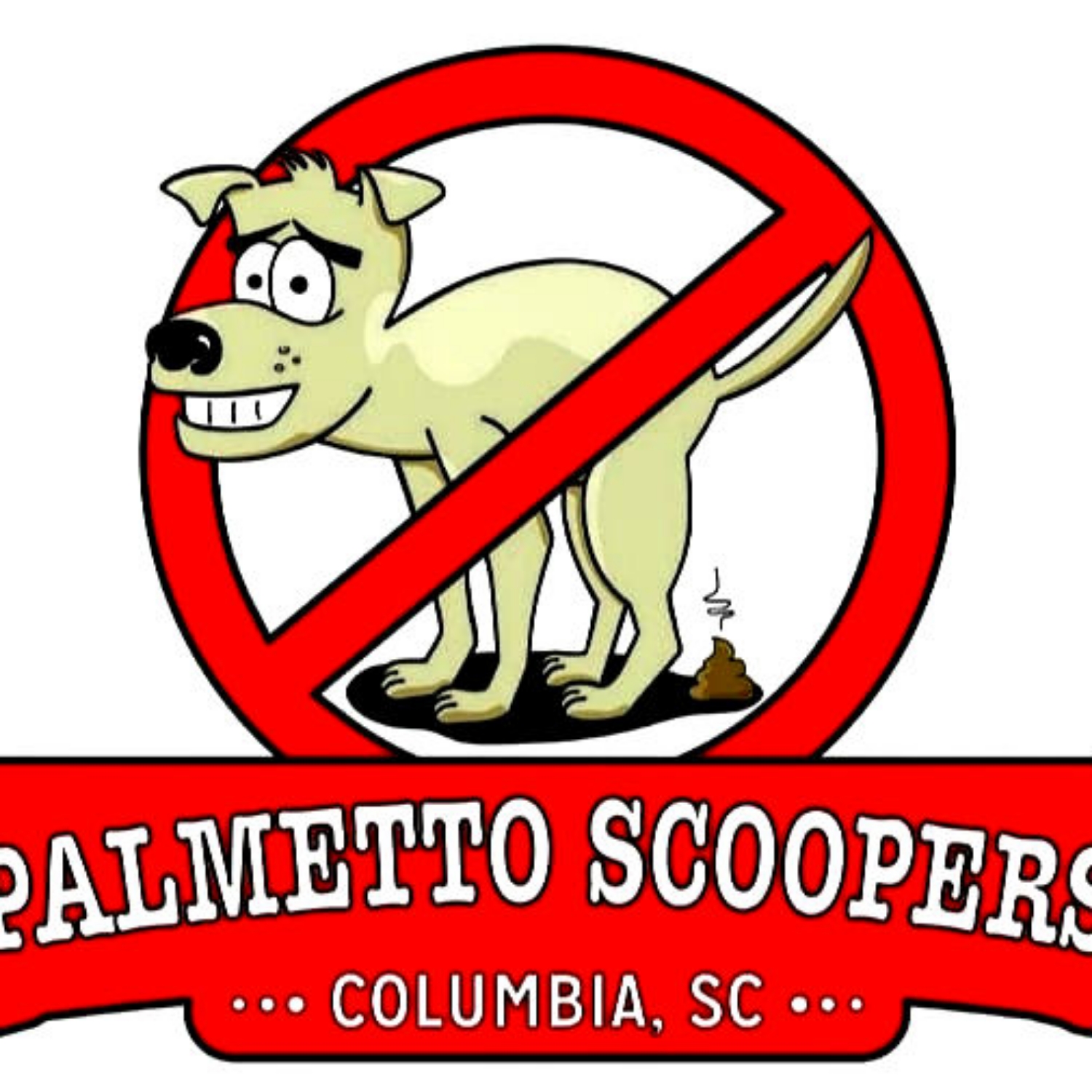Dog Poop Facts
- Palmetto Scoopers

- Oct 25, 2021
- 2 min read
Dog Poop Facts Most Pet Owners Don't Know

Dog waste can contain up to 23 million parasites and bacteria that's unsafe for humans and dogs. Like salmonella, e-coli and giardia and that's just in one single gram of dog poop.

2. Dog waste also cannot be used as fertilizer for your grass or sod due to the toxins in dog poop and could damaged your sod or grass if left in your grass for an extended period of time like shown in the photo below.

3. Some owners may believe that when they cut the grass the lawnmower gets rid of the dog
poop but to the contrary it actually spreads the dog poop across your yard like an snow blower or an grenade of dog poop going off in your yard sending micro pieces of dog poop everywhere for your family to step into without knowing and bringing unwanted bacteria into your home.

4. When you don't pick up your dogs poop and it rains the dog poop bacteria washes into our local storm drains, lakes, and rivers. Where the dog waste the changes form into an l liquified form where it releases ammonia and bacteria into the water and contaminates our drinking water as well as the fish that we catch from our local lakes and rivers.

5. On average most dogs poop 2-3 times per day which may varies on their diet. If you have one dog that poops 3 times an day for 52 weeks that's 1,092 piles of waste in your yard per year now that's a lot of poop!

6. The Centers for Disease Control (CDC) has confirmed that hookworms, ringworms, tapeworms and Salmonella can be spread by contact with infected dog poop. Studies has shown that it takes on average an year for dog waste to begin decompose, there's still larvae and eggs that can remain in your yard long after the dog waste has decompose.

We recommend that you pickup your dog waste at least once an week and double bag it then put it in your trash receptacle. If you're unable to pick up your dog waste you can look into hiring an Dog Waste Removal Service that can help keep your yard safe.
.png)


Commentaires